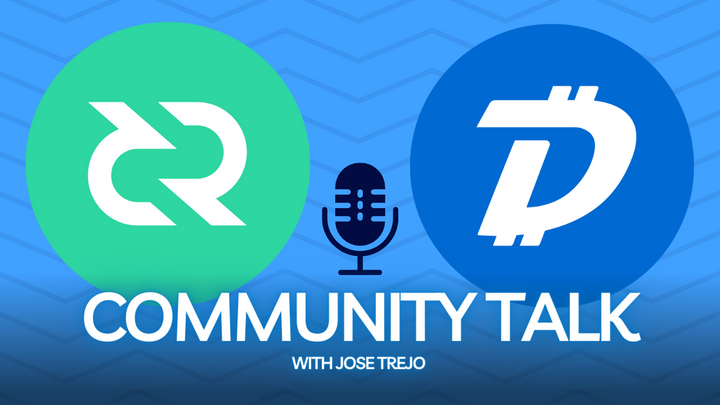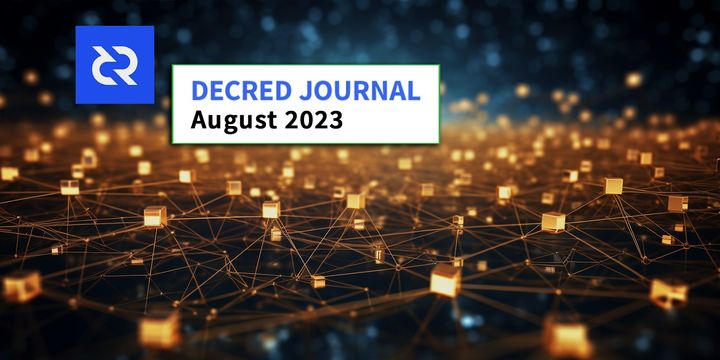The Bitcoin Time Machine
Imagine if I could take you back to 2015, a time when you could have bought a single Bitcoin for under $200. Would you tell your past self…

Imagine if I could take you back to 2015, a time when you could have bought a single Bitcoin for under $200. Would you tell your past self to buy Bitcoin and what do you think the response would be?
“What the hell are you talking about! Bitcoin is trash! How the hell am I meant to store this? This is such a waste of money!”
Image the best scenario, your past self agrees to buy a hand full of Bitcoin and is confident enough to store them away from “MT Gox” and back up the keys several times in safe and secure places. Ahh… I can see my mansion now:)
This opportunity has past and at the current rate of adoption, Bitcoin is never likely to see these prices again. However, what if there was another chance to re-live this scenario with a new coin. Do you think you would take it?
This is the promise of many new cryptocurrencies and investors can get suckered into the hype because they don’t want to miss out on the next Bitcoin. Let me reassure you, Bitcoin will be around for a long time but there will be better coins in the future that will also gain mass adoption. Your mission is to do your research and find out what makes cryptocurrencies great in the first place.
A second chance for crypto adoption
If you think about it, this industry is still young and based on the principles of software development the next generation will likely have greater potential than the first generation. What tends to happen in software development is the initial problems are solved and protocols are rebuilt and greater development potential is achieved.
When Bitcoin was introduced to the world no one could anticipate how the software would react to real-life scenarios. Everything was trial and error and to be fair, it’s impressive that ten years on it’s still running with minimum problems.
A lot of people like to compare cryptocurrencies to the internet, which is a good reference for the development that still needs to be done. The internet took over ten years to mature into something usable and a further ten years to gain adoption by the masses. Cryptocurrencies are only just reaching the first ten-year mark.
How could future cryptocurrencies improve on Bitcoin?
Well firstly, it’s important to understand what Bitcoin has done well and I can demonstrate this with two points. Anyone who understands how fiat currencies work will understand that these two points are a really big deal:
- 21 million Maximum supply — No more endless money printing
- Open Leger — Bitcoins security, trust and transparency for the world with no third parties holding your money.
What Bitcoin has not done so well is a long list and mainly concerns governance. It’s important to note that Satoshi Nakamoto couldn’t foresee all of Bitcoins problems and potentials when he developed the blueprint for peer to peer digital cash.
Anyone who has been watching Bitcoin grow over the past few years has seen numerous issues and has witnessed the poor handily of development procedures. These issues include but are not limited to:
- The bitcoins fee structure — expensive to transact small amounts of money.
- The bock sizes — are small (1mb) and slow, unless you are willing to pay higher fees you could end up waiting a long time for your transaction to be processed.
- Bitcoin Futures — A growing number of companies are offering futures contracts for Bitcoin, this is sometimes called institutional money. Futures contracts effectively inflate the money supply by offering people pieces of paper for their Bitcoin, these companies can print as many of these as they like without ever needing to hold the equivalent volume in Bitcoin. It’s important to note that the outcome of a futures contract is seldom settled in Bitcoin.
- Bitcoin Mining — Is not good for the environment due to its massive use of electricity and hardware resources. Mining is also not an inclusive process on the Bitcoin network. Unfortunately, Bitcoin mining has turned into a centralised process that excludes normal people from participating in the network.
- Bitcoin Development — Limited innovation in recent years. The system has reduced its toolset and seems happy to maintain the status quo.
- Expensive — Most normal people are unable to buy even one Bitcoin due to its over-inflated price and exchange price manipulation. Most new investors look at other cryptocurrency option first due to the high price.
- Developers — Young and new developers to this space are more likely to join an inclusive project or start their own rather than join the Bitcoin ecosystem.
The next Bitcoin
We live in an exciting time where blockchain technology is on the frontier of achieving its goal of becoming self-governed digital money. People are starting to wake up to the fact that it might not be the best idea to trust the banks and other financial institutions with their money.
There will be more than one main cryptocurrency and there are a lot of determining factors that could illustrate this point but through all of my research, there is one that stands out above all others. I have a huge admiration for Decred (DCR) and the way the team has developed a system that incorporates the best bits of Bitcoin and omitted the worst bits. Points that make Decred stand out in this space
- 21 million Maximum supply — No more endless money printing
- Open Leger — Decred’s security, trust and transparency for the world with no third parties holding your money.
- Governance — Decred is the only cryptocurrency that has been built around governance. This may not seem like a big deal but if Bitcoin had governance at its core there wouldn’t currently be three prominent chains all competing for the same hash power. Decred’s governance system means that it can implement improvements and new features to its system faster than any other decentralised cryptocurrency.
- No more chain splitting — Decred can hard fork or soft fork whenever it needs to without creating a new chain; losing its community; splitting its network effect or losing its miners. Decred has improved its security from being 51% attacked by not using the same mining algorithm as Bitcoin and by introducing an amazing hybrid system of POS and POW.
- Community matters — Decred understands that its community is its biggest asset and works hard to be inclusive.
- The treasury — A large pot of money that can be useful to develop the project. Funds are controlled by the community
- Staking and voting — A strong voting system that helps secure Decred and allows stakes to vote to improve the system or add features. No more contentious issues that never get solved or get diluted by self-preserving processes.
- The wallet — Lots of wallets to choose from including desktop and mobiles build by the project
- The future DEX — Decred is currently building a decentralised exchange that has no exchange fees and a built-in protocol to reduce the impact and manipulation from high-frequency trading (HFT). Currently, decentralised exchanges don’t work but they are the required cornerstone to take the control away from third parties. They currently have three factors that stop people from using them 1. The user experience is mostly very poor 2. Low liquidity 3. High exchange fees. The Decred DEX will be a huge deciding factor on the success of this project.
Decred is still young in its development cycle (4 years old) but already the project has shown great promise and the team is acting with integrity and for the greater good of the community. Decred embraces the true values of what Bitcoin should have been. Decred is the new blueprint for the future of digital cash for the world. Remember, a true investor looks secondly at the price and firstly at the project.
Final Disclaimer — Please note the above research is not financial advice and you should always do your own due diligence before investing your money. Investments can go down as well as up and cryptocurrencies are typically volatile assets.
The views expressed in this article are that of the author and based on the authors own research and investigation. The author is happy to receive comments, feedback, edits and likes for this channel to help evolve the open nature of the discussion.
DCR Donation Address: DsahjKtXPeMFqN5AXr3Vim5TMDYAGdhPKqj





Comments ()